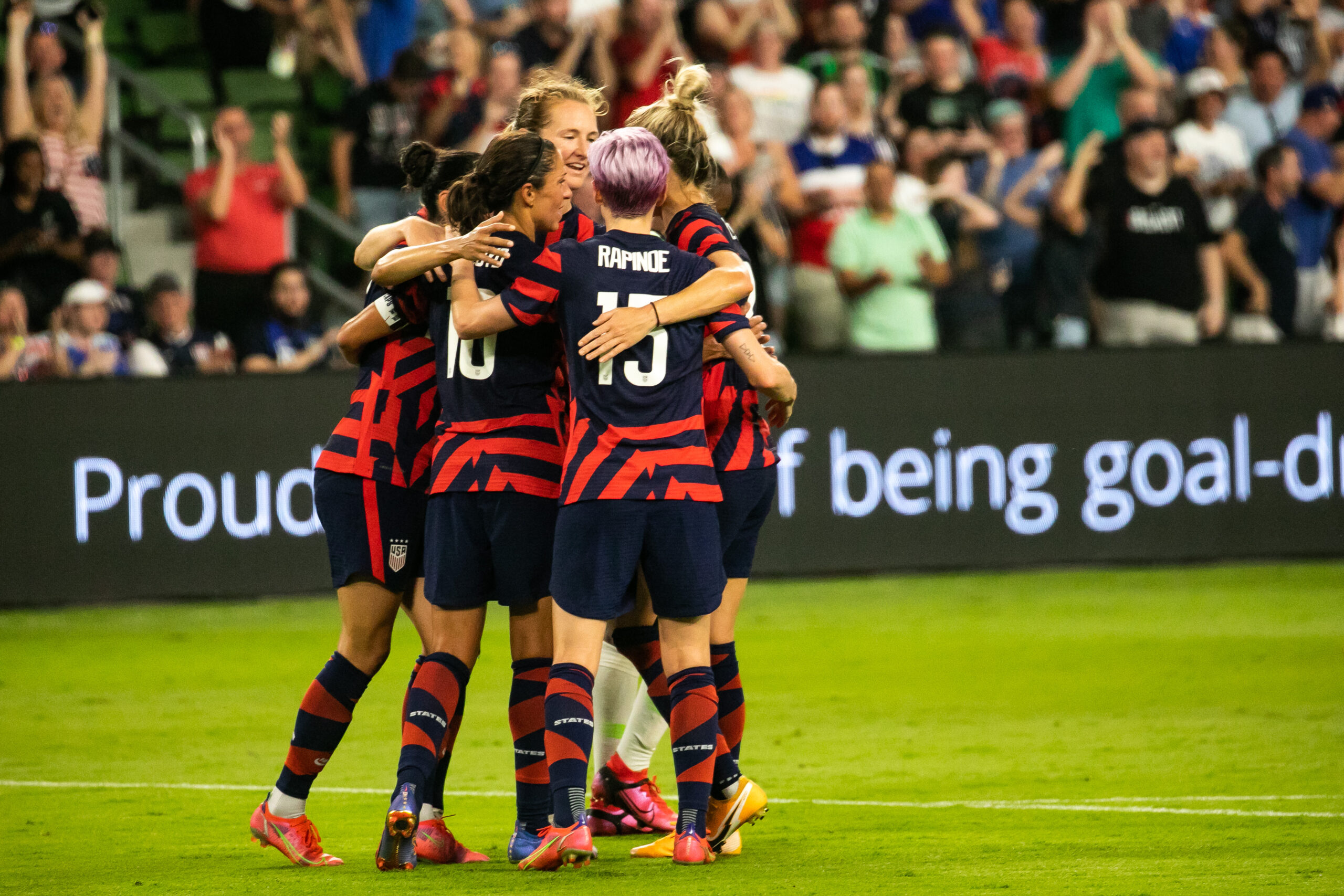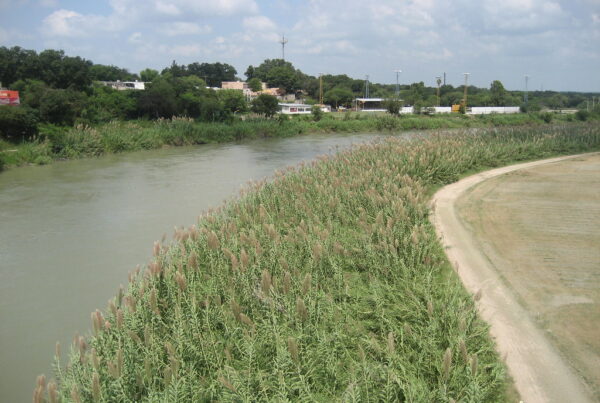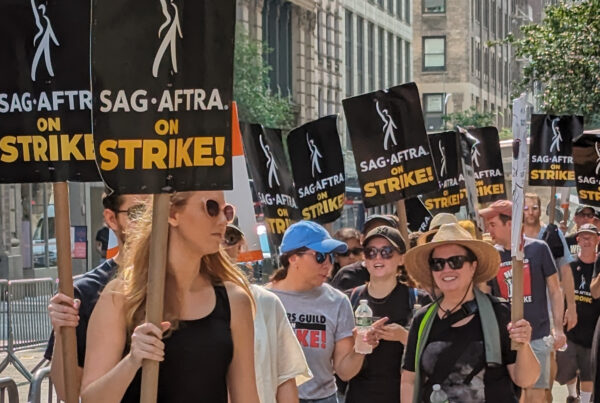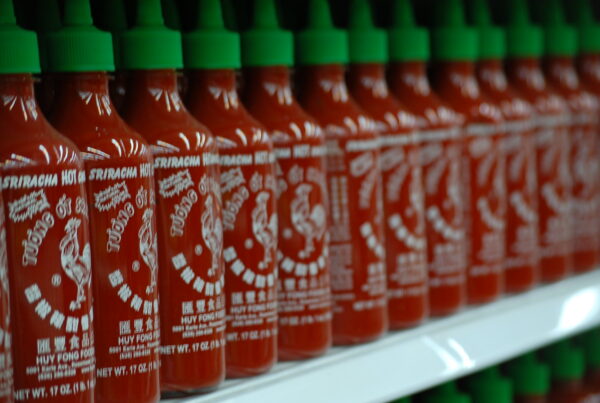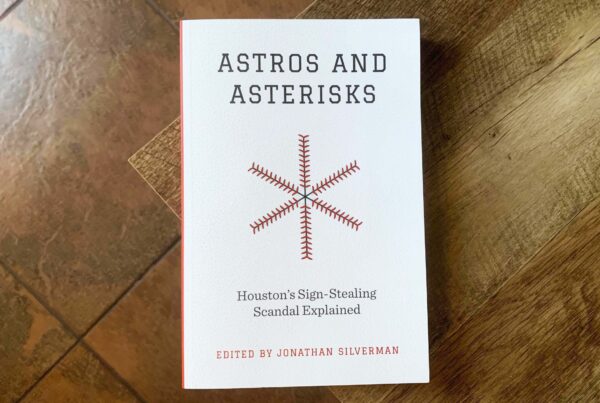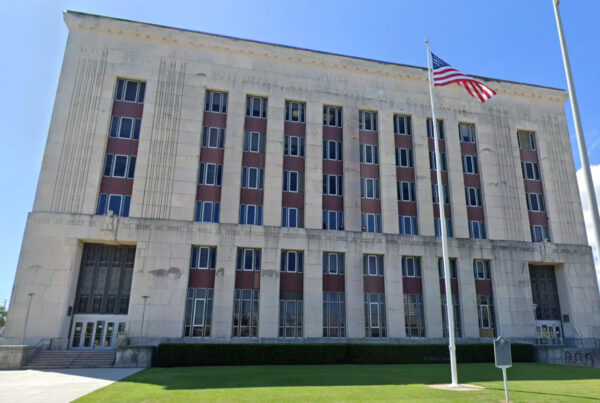The FIFA Women’s World Cup is just around the corner and the U.S. Women’s National Team is looking to claim their third title in a row after winning back-to-back cups in 2015 and 2019.
The tournament kicks off July 20 in Australia and New Zealand.
Theo Lloyd-Hughes, a freelance soccer journalist based out of Texas, said this is the first year there will be 32 teams at the Women’s World Cup, which had typically been smaller than the men’s.
“Those 32 teams are broken down into eight smaller groups of four teams each. All the four teams will play each other once and then sort of a tiny standings will be created from those three matches. Each team plays and the top two from each mini group of four goes through to the last 16,” he said. “That creates the round of 16 teams, that becomes a quarter finals, a final four, the semifinals and the final.”
Lloyd-Hughes said the U.S. roster has an exciting combination of new faces and familiar stars.
“We have 14 players in the USA team who have never been to a World Cup before, which I think is really exciting,” he said. “There are nine players from the previous team who I’m sure some listeners will remember, and 22 of the 23 players going to the World Cup play in the United States in the National Women’s Soccer League.”
The only player to play internationally during the regular season is co-captain Lindsey Horan, who plays in France. Horan is the co-captain with Alex Morgan, who is for many the most recognizable name in U.S. women’s soccer — there is a big statue going around the country of her at the moment, dressed the Statue of Liberty, Lloyd-Hughes said.
With viewership on the rise for women’s soccer, Lloyd-Hughes said this cup is expected to get lots of attention — though the time difference to Australia and New Zealand might make catching games live a challenge for American audiences.
Games will be available to stream on Fox and FS1 in English and on Telemundo and NBC’s Peacock streaming service in Spanish.
Despite having a number of veteran players out with injuries, Lloyd-Hughes said the U.S. is still a powerhouse team.
“(However), this is by far the most open World Cup we’ve ever seen, and I think part of that is because it’s in Australia and New Zealand,” Lloyd-Hughes said. “This is geographic unfamiliarity – not only for the United States, but for some of the big European and South American powers, as well. Brazil, I think, is going to be right up there. England, Germany, France – the familiar suspects. And I would keep an eye on Canada and the hosts Australia as well.”
Lloyd-Hughes said Canada, in particular, is a team to watch — they won the gold medal in the Tokyo Olympics and the players are currently in a public spat with their federation over pay.
“They’re feuding with their federation right now for better pay and better resources, more equal to the men’s Canadian team,” he said. “I think sometimes, a bit like in 2019 with the USA, when there’s a bit of adversity, you really see these players bond together and that Canada team is going to be really up for a fight.”
The U.S. team’s own fight over equal pay has more or less resolved at this point, Lloyd-Hughes said.
“The U.S. are leading the way. This national team and getting paid the exact same as the U.S. men’s national team and stuff like World Cup bonuses are a huge part of that,” Lloyd-Hughes said. “Winning the World Cup is a huge way for these players to earn money that they will not get in their league play.
The World Cup bonuses for this tournament are going to outstrip past tournaments. Other nations are looking at that and saying, ‘that’s what we want.’ And Canada is one of those. Jamaica is in a fight with their federation. Nigeria, too. The women’s soccer world has a long way to go. But the USA is still leading the way.”


